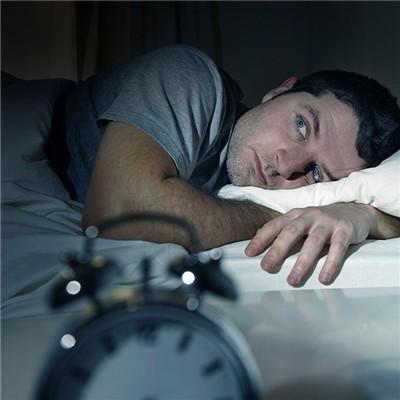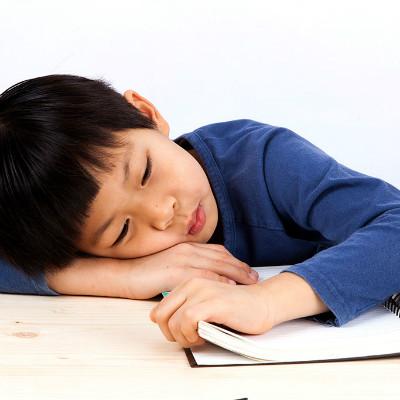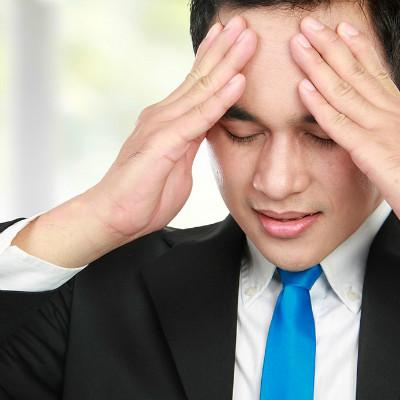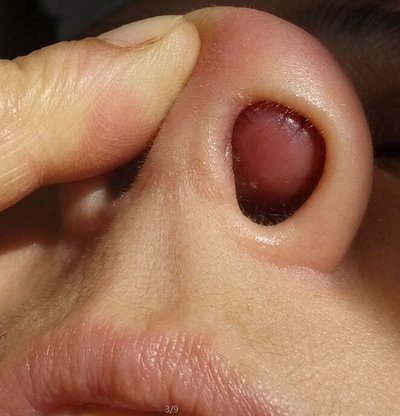What does haemorrhoid have symptom to mean?
summary
Hemorrhoids, or hemorrhoids, is one of the most common anal diseases in clinic. British Thomson put forward the modern concept of hemorrhoids in 1975 [1]: hemorrhoids is the pathological hypertrophy of anal pad at the lower end of rectum. According to the location, hemorrhoids can be divided into internal hemorrhoids, external hemorrhoids and mixed hemorrhoids. At present, it is considered that internal hemorrhoids is the pathological change or displacement of the supporting structure, vascular plexus and arteriovenous anastomotic branches of anal pad (anal vascular pad). What does haemorrhoid have symptom to mean? Let's talk about it
What does haemorrhoid have symptom to mean?
The most common sites of internal hemorrhoids were 3, 7 and 11 points of lithotomy. The main manifestations were bleeding and prolapse. The common clinical symptom of internal hemorrhoids is intermittent bloody stool. Some patients may have difficulty defecating. When internal hemorrhoids complicated with thrombosis, incarceration and infection, there will be pain.
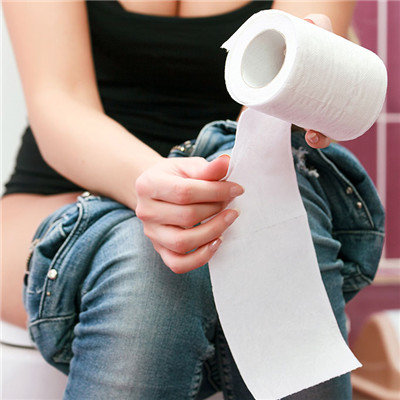
Occasionally hematochezia, hemorrhoids prolapse after can't still accept or return to accept again prolapse. All patients were accompanied with mucosal erosion in dentate line area, small vessel exposure, anal fissure, etc. Occasionally, hematochezia, prolapse of hemorrhoids when defecating or standing for a long time or bearing weight, need hand assistance to return it;
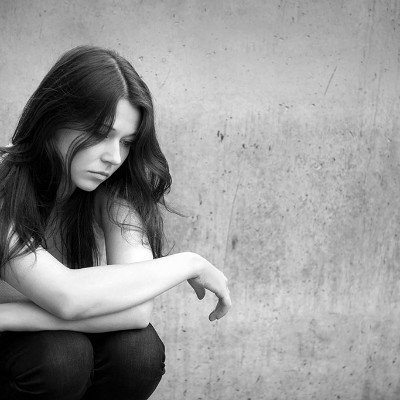
External hemorrhoids occur outside the anus, with pain when going to the toilet, sometimes accompanied by pruritus. The common external hemorrhoids are connective tissue external hemorrhoids (skin sags, skin polyps) and inflammatory external hemorrhoids. Mixed hemorrhoids is the main form of clinical onset. The symptoms of internal hemorrhoids and external hemorrhoids can exist at the same time, mainly manifested as bloody stool, anal pain and swelling, anal pruritus and so on.
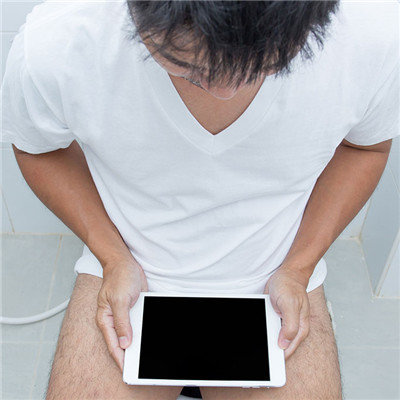
matters needing attention
(1) No treatment is needed for asymptomatic hemorrhoids( 2) The key of hemorrhoids with symptoms is to reduce or eliminate the symptoms, not to cure them( 3) Non operative treatment was the main treatment. At present, hemorrhoids therapy can be divided into conservative treatment, outpatient surgery and surgical treatment[ 4] [5] [6] most patients with low-level internal hemorrhoids will respond to conservative treatment in internal medicine. Conservative treatment includes diet intervention (such as increasing fiber intake and drinking more water), lifestyle change (such as developing defecation habit) and drug treatment (oral and external use of traditional Chinese medicine, sitz bath).

